The Sustainability benefits of UV-C LED Water Treatment Technology: Why it's Time to Switch
Recently, UV-C LED light technology has been gaining popularity as it is widely recommended to be utilized as a disinfection technology in water supplies [1]. A UV-C Light-Emitting Diode (LED) is a semiconductor device that is intended to input a small wavelength of UV-C to reduce the presence of pathogens in an enclosed area [1]. There are many benefits to UV-C LED water treatment technology that could potentially be used as a sustainable water treatment for commercial and residential applications [1].
Firstly, it should be noted that while UV-C LED functions similarly to mercury-vapor lamps, studies have shown that UV-C LED could provide more benefits in relation to safety and health issues in comparison to mercury-vapor lamps [1]. A major difference between UV-C LED and mercury-vapor lamps is that UV-C LED does not contain any mercury, which is far less wasteful as LED’s can be safer to disposed of without the difficulty of discarding heavy metals as well as reducing the negative impact on the environment [1] [2]. This could also allow humans to safely utilize UV-C LED without the risk of accidental radiation exposure to the water supply [1] [2].
Another benefit of UV-C LED technology for commercial and residential applications is that it has a longer lamp lifespan. UV-C LED requires less power consumption, demonstrating that UV-C LED is more energy efficient while also being a sustainable alternative for water treatment [1] [3]. Furthermore, UV-C LED consists of a point source architecture, which allows it to be easier to deploy to various commercial and residential applications [1] [3]. This allows UV-C LED to be easily implemented in either limited or large areas such as water dispensing technology as well as being easier to replace [1] [4]. This further proves that UV-C LED is more cost-effective as it does not require a high maintenance cost to ensure the technology is functioning [1] [5].
There have been various studies that focus on the effectiveness of UV-C LED technology in water treatment. According to a study conducted by Jarvis et al., the study demonstrates that a UV-LED reactor was as effective compared to mercury UV for inactivating Cryptosporidium surrogates [6]. This shows UV-C LED could function similarly to mercury UV, but with more benefits than mercury UV [6]. Another study conducted by Buse et al., showed that the while efficacy of UV-C LED inactivation of Legionella pneumophila can differ, it still shows complete inactivation [7]. These studies have proven that while further studies are still needed to be conducted such as examining the inactivation efficacy of different pathogens due to different characteristics such as outer membrane, or the effects of having UV-C LED in commercial and residential areas, it could be said that UV-C LED technology has the potential to reduce the spread of infectious diseases [7].
In conclusion, UV-C LED technology has been shown to be an essential technology that should be applied to commercial and residential areas for water treatment and as a potential replacement for mercury-vapor lamps in water treatment applications. While further studies are still needed to be conducted such as examining the inactivation efficacy of different pathogens due to different characteristics such as outer membrane [7], or the effects of having UV-C LED in commercial and residential areas, it could be said that UV-C LED technology has the potential to reduce the spread of infectious diseases.
Written by: Timothy Oon BSc MBiotech
References:
1) AquiSense. UV-C LED Technology. AquiSense Technologies [Internet]. Source: https://aquisense.com/uvc-led-technology/
2) Jenoptik. LED point sources: point light sources for special applications [Internet].
https://www.jenoptik.us/products/optoelectronic-systems/photodiodes-and-led/point-sources
3) Irvine J. Mercury Vapor vs. LED. Action Services Group [Internet], 2020. Source: https://actionservicesgroup.com/blog/mercury-vapor-vs-led/
4) Sugimoto T, Kanto Y. Deep UV LED System Developed for Municipal Drinking Water Treatment. UVSolutions [Internet], 2020. Source: https://uvsolutionsmag.com/articles/2020/deep-uv-led-system-developed-for- municipal-drinking-water-treatment/
5) AquiSense. UV-C LED for Water Purification [Internet]. Source:
https://iuva.org/resources/IUVA-News/AquiSense-UV-C-LED-Basics-Article-9-
2020.pdf
6) Jarvis P, Autin O, Goslan EH, Hassard F. Application of Ultraviolet Light-Emitting Diodes (UV-LED) to Full-Scale Drinking-Water Disinfection. Water [Internet]. 2019 Sep; 11(9). Doi: https://doi.org/10.3390/w11091894
7) Buse HY, Hall JS, Hunter GL, Goodrich JA. Differences in UV-C LED Inactivation of Legionella pneumophila Serogroups in Drinking Water. Microorganisms [Internet]. 2022 Feb; 10(2): 352. Doi: 10.3390/microorganisms10020352
8) AquiSense. PearlAqua TM Water Treatment. AquiSense Technologies [Internet]. Source: https://aquisense.com/products/water-treatment/
9) Pagan J, Lawal O. Coming Of Age: UV-C LED Technology Update. Water Online [Internet]. 2015 July. Source: https://www.wateronline.com/doc/coming-of-age-uv-c-led-technology-update-0001


